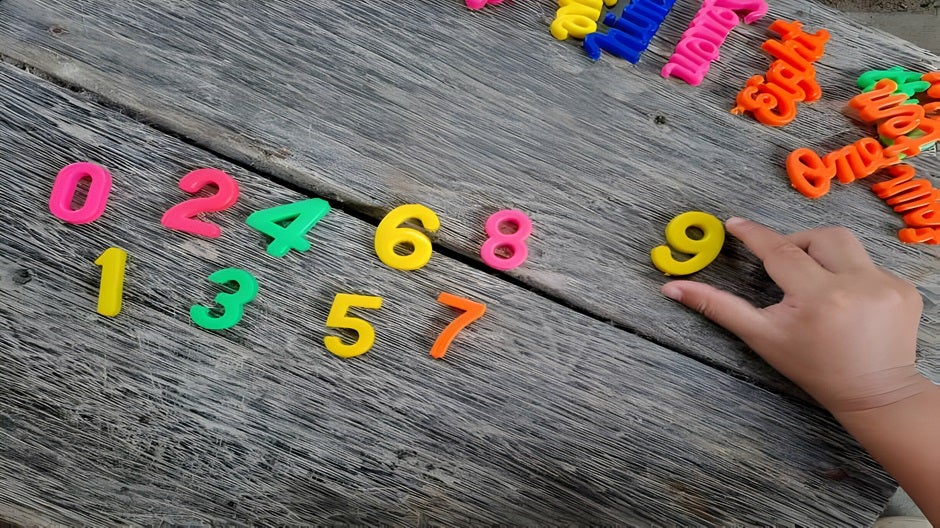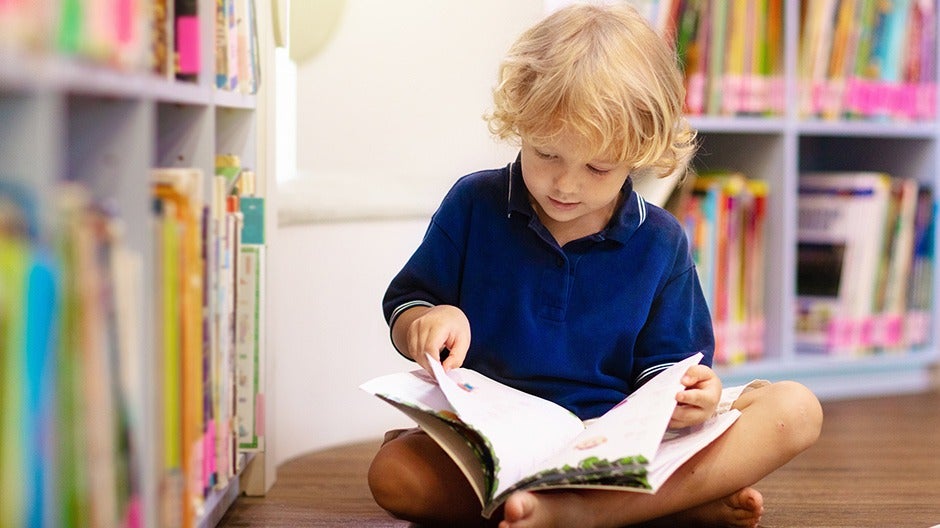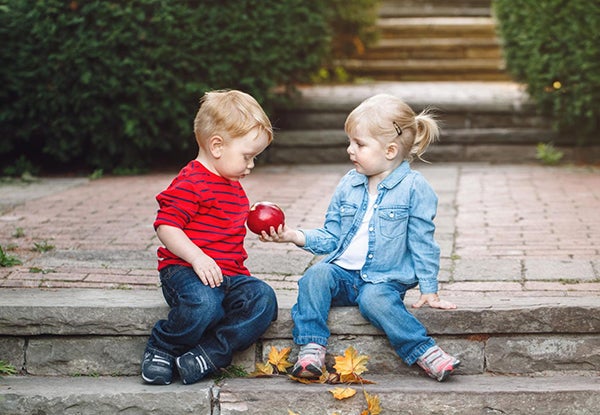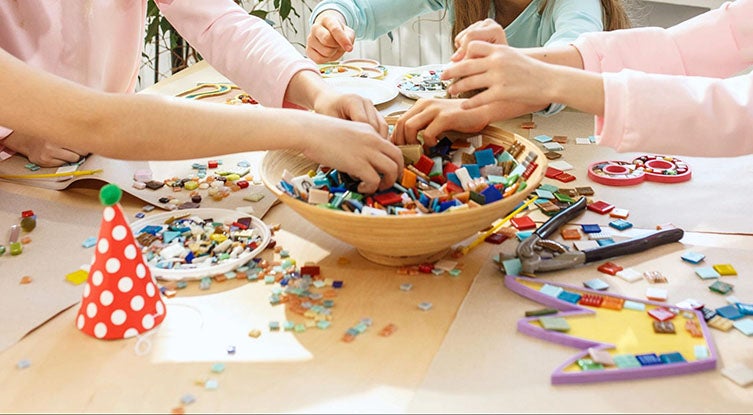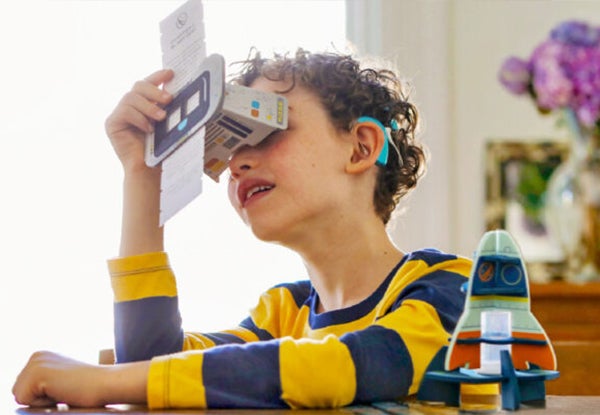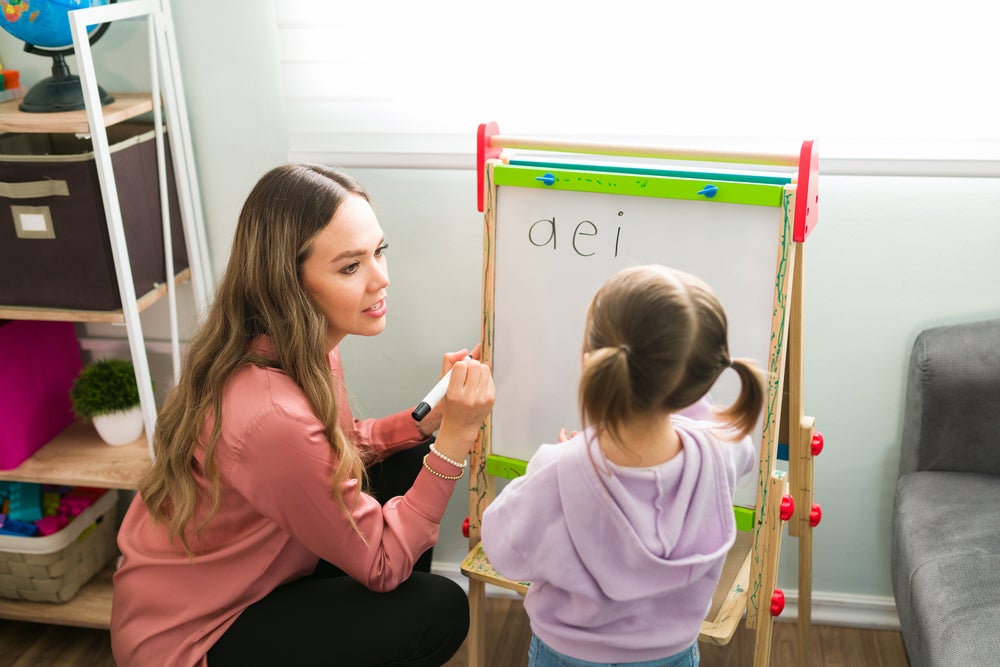Curiosity can help your child discover new interests, new places, even new ways of looking at the world they already know. It may have as much impact as intelligence in influencing academic success, and it has been linked to greater happiness in adults.
So it’s important! And books are a fantastic way to encourage it. Looking for books for curious kids? We’ve got you covered.
The Short Cut
- Curiosity is one of the 5 C’s at the heart of the Begin Approach to helping kids thrive in school and life
- Curious kids are more likely to do well in school, enjoy learning throughout life, and become happier adults
- Parents can cultivate curiosity by encouraging kids’ interests, asking about what kids know, and offering kids chances (like books!) to learn more about their favorite subjects
- Developing the 5 C’s doesn’t need to be complicated. You can make a big difference in only 15 minutes a day!
How to Help Kids Choose Books
Whether your child is reading on their own or you are reading aloud with them, consider giving kids the chance to choose books. Reading for pleasure means kids will read more and feel empowered to make their own choices when learning. Reading about things they are curious about—whether it’s dinosaurs, the subway, or the imaginary worlds of fairies—can lead to engaging conversations, questions, and hypotheses about how the world works.
A good first step for very young children is to think about their interests on your next trip to the library. What have they been asking you about lately? What made them sit up straighter on your last walk around the neighborhood? With a topic in mind, see what books you can find online together. Then, seek out age-appropriate books with this in mind. Librarians and local bookstores are fantastic resources for kid-favorite recommendations!
Encourage older kids to explore new books by following where their curiosity leads them. One fascinating book (or YouTube video or trip to a museum) can spark an interest in so many other things. A few questions can help jump-start their thinking: “Do you want to read something silly or serious, make-believe or real? Should we read about a person or a faraway place?” There are non-fiction books full of paleontology facts, biographies about the people that study them, and sweet stories about friendship within a topic like dinosaurs.
A Learning Tip for Storytime
Use this tip from our learning scientists next time you sit down to read aloud together: before you start reading, ask your child what they already know about the book’s topic. This practice is “activating.” It prepares children to use what they already know when they read new books. Imagine a little folder (or file cabinet, really) in your child’s head. The more they learn, the more information they can stuff inside their folder. When kids read new things, they dip back into their folder, using their background knowledge to understand what they’re reading and adding in the information they pick up along the way.
Ahead are books to add to your library list, organized by kid-favorite topics: the ocean, animals, dinosaurs, bugs, and outer space. You’ll find stories about inspiring scientists, brave kids, fact-filled encyclopedias, folk tales, and books that use these topics to make counting fun. With our Printable Bookmark, kids can make a list of books they’ve read and ones they want to read next! Keep the learning going in the HOMER app with stories and lessons on all of these topics.
Kids’ Ocean Books That Feel Like a Day at the Beach
These ocean-themed books introduce kids to animated aquatic animals, a groundbreaking scientist, how it feels to try something new, and the story of kids in one South Carolina town who volunteered to help save sea turtles.
Mister Seahorse by Eric Carle, for ages 0 – 3 years
Very Last First Time by Jan Andrews, illustrated by Ian Wallace, for ages 5 – 9 years
Shark Lady: The True Story of How Eugenie Clark Became the Ocean’s Most Fearless Scientist by Jess Keating, illustrated by Marta Álvarez Miguéns, for ages 4 – 8 years
The Pout-Pout Fish by Deborah Diesen, for ages 0 – 4 years
Big Book of the Blue by Yuval Zommer, for ages 3 – 5 years
The Magic School Bus on the Ocean Floor by Joanna Cole, illustrated by Bruce Degen, for ages 4 – 8 years
Swimmy by Leo Lionni, for ages 3 – 7 years (also available as a read-aloud story in HOMER!)
This is Not My Hat by John Klassen, for ages 4 – 8 years
Whale Snow by Debby Dahl Edwardson, illustrated by Annie Patterson, for ages 4 – 8 years
Deep in the Ocean by Lucie Brunellière, for ages 3 – 5 years
Follow the Moon Home by Philippe Cousteau and Deborah Hopkinson, illustrated by Meilo So, for ages 5 – 8 years
Hello Ocean by Pam Muñoz Ryan, illustrated by Mark Astrella, for ages 3 – 7 years
Animal Books for Kids Who Love Fur, Feathers, and Fins
From family dogs to nocturnal owls and a family of penguins, books about animals are perennial kid favorites, and there’s one for every stage and interest. Fables starring animals with big personalities and relatable relationships help kids learn social-emotional skills. In contrast, the sheer number of animals on Earth means they are a great way to learn about the alphabet. In the HOMER app, find animal story videos kids can read along with like Duck on a Bike and Click, Clack, Moo: Cows That Type.
From Head to Toe by Eric Carle, for ages 0 – 4 years
Grumpy Monkey by Suzanne Lang, illustrated by Max Lang, for ages 3 – 7 years
Giraffes Can’t Dance by Giles Andreae, illustrated by Guy Parker-Rees, for ages 2 – 9 years
The Lion & the Mouse by Jerry Pinkney, for ages 1 – 8 years
Some Pets by Angela DiTerlizzi, Illustrated Brendan Wenzel, for ages 3 – 6 years
Little Owl’s Night by Divya Srinivasan, for ages 0 – 3 years
The Walrus and the Caribou by Maika Harper, illustrated by Marcus Cutler, for ages 5 – 7 years
Over and Under the Snow by Kate Messner, illustrated by Christopher Silas Neal, for ages 5 – 8 years
What Do You Do with a Tail Like This? written and illustrated by Steven Jenkins and Robin Page, for ages 4 – 7 years
Mrs. Peanuckle’s Bird Alphabet by Mrs. Peanuckle, illustrated by Jessie Ford, for ages 0 – 3 years
And Tango Makes Three by Justin Richardson and Peter Parnell, illustrated by Henry Cole, for ages 2 – 5 years
Arf! Buzz! Cluck!: A Rather Noisy Alphabet by Eric Seltzer, illustrated by David Creighton-Pester, for ages 2 – 4 years
Delightful Dinosaur Books for Kids That Are Larger Than Life
Suppose there is a future paleontologist in your house. In that case, books from National Geographic and The Smithsonian are go-to’s for dino-related facts. Still, don’t sleep on books illustrating the funny friendships and laugh-out-loud bedtime antics of T. rexes. For dinosaur stories toddlers and preschoolers can listen to, HOMER dinosaur story videos include favorites like Danny the Dinosaur and Pterodactyl Tuxedo.
National Geographic Little Kids First Big Book of Dinosaurs by Catherine D. Hughes and Franco Tempesta, for ages 4 – 8 years
My Visit to the Dinosaurs by Aliki, for ages 4 – 8 years
Dinosaur Dance! by Sandra Boynton, for ages 1 – 5 years
How Do Dinosaurs Count To Ten? by Jane Yolen, illustrated by Mark Teague, for ages 3 – 5 years
How Do Dinosaurs Say Goodnight? by Jane Yolen, illustrated by Mark Teague, for ages 3 – 5 years
Colorful World of Dinosaurs by Matt Sewell, for ages 5 – 12 years
Dinosaur A-Z: For Kids Who Really Love Dinosaurs! by Roger Priddy, for ages 3 – 6 years
Bug Books for Kids Who Can’t Get Enough Creepy Crawlies
Bugs are fascinating for little learners—colorful bugs are easy for them to spot and even hold, whether you’re in the countryside or the city. The books in this list use bugs as a vehicle to practice counting, explore backyards, learn about classic folk tales, lean into the creepiest bug facts, and learn how to be a good (not grouchy!) friend. For bug stories that don’t require a trip to the library, check out the HOMER library of bug story videos! Kids can read along while learning about their favorite insects.
Big Book of Bugs by Yuval Zommer, for ages 3 – 5 years
Insect Detective: Read and Wonder by Steve Voake, illustrated by Charlotte Voake, for ages 4 – 8 years
The Very Hungry Caterpillar by Eric Carle, for ages 0 – 4 years
A Beetle Is Shy by Dianna Hutts Aston, illustrated by Sylvia Long, for ages 5 – 8 years
Hi! Fly Guy by Tedd Arnold, for ages 4 – 8 years (also available as a read-aloud story in the Learn & Grow app!)
Anansi the Spider: A Tale from the Ashanti by Gerald McDermott, for ages 4 – 7 years
Are You a Bee? by Judy Allen, illustrated by Tudor Humphries, for ages 5 – 8 years
In the Tall, Tall Grass by Denise Fleming, for ages 0 – 4 years
Space Books for Kids That Will Take Them to Another World
Books about outer space invite kids to wonder, dream big, and develop a love of science, math, and technology. These books dig into the mysteries about other planets, phases of the moon, stories of brilliant astronauts and engineers behind NASA discoveries, and they make counting down a blast!
Our Stars Paperback by Anne Rockwell, for ages 4 – 7 years
The Mysteries of the Universe: Discover the Best-Kept Secrets of Space by Will Gater, for ages 7 – 9 years
My First Book of Planets: All About the Solar System for Kids by Bruce Betts PhD, for ages 3 – 5 years
The Ultimate Book of Space by Anne-Sophie Baumann, illustrated by Olivier Latyck, for ages 5 – 8 years
The Astronaut With a Song for the Stars: The Story of Dr. Ellen Ochoa by Julia Finley Mosca, illustrated by Daniel Rieley, for ages 5 – 10 years
How to be an Astronaut and Other Space Jobs by Dr. Sheila Kanani, illustrated by Sol Linero, for ages 5 -9 years
On the Launch Pad: A Counting Book About Rockets by Michael Dahl, illustrated by Derrick Alderman and Denise Shea, for ages 4 – 8 years
Hidden Figures: The True Story of Four Black Women and the Space Race by Margot Lee Shetterly, illustrated by Laura Freeman, for ages 4 – 8 years
She Caught the Light: Williamina Stevens Fleming: Astronomer by Kathryn Lasky, illustrated by Julianna Swaney, for ages 4 – 8 years
Moon: A Peek-Through Picture Book by Britta Teckentrup, for ages 3 – 7 years
Here We Are: Notes for Living on Planet Earth by Oliver Jeffers, for ages 3 – 7 years
Happy reading! To keep the learning going, try the HOMER app for kids 2 to 8 years old, where grownups can personalize the experience by choosing all the topics a child can’t wait to explore.





